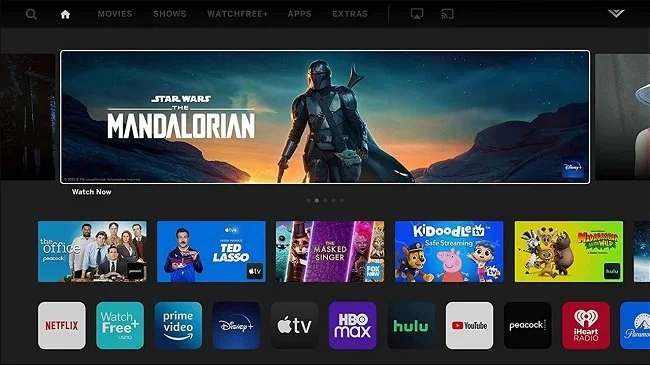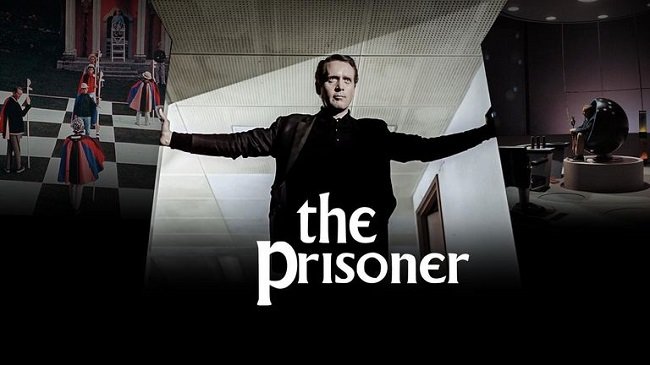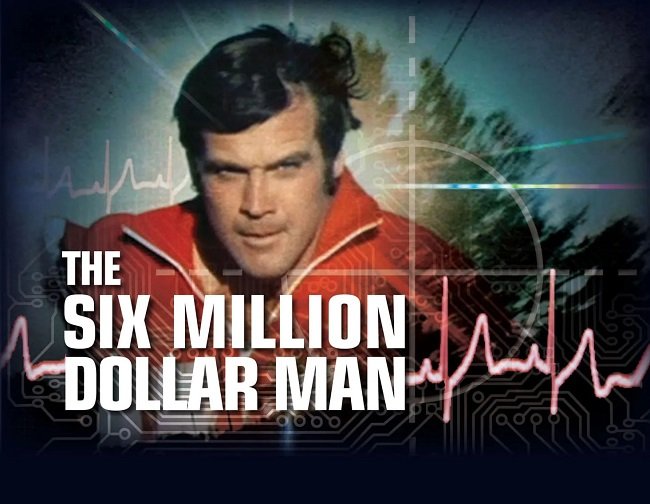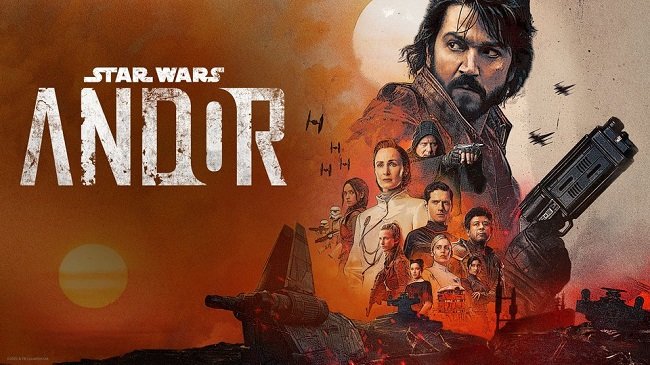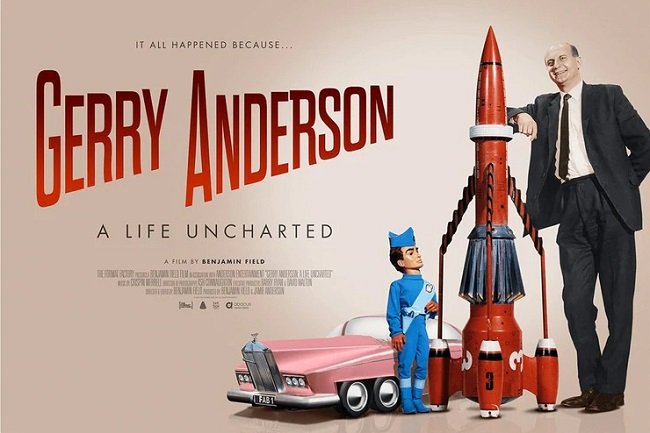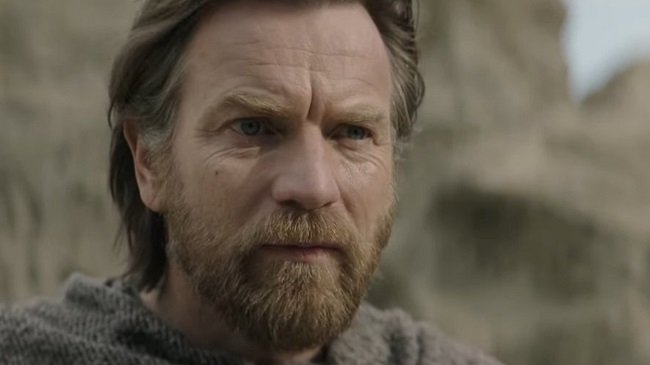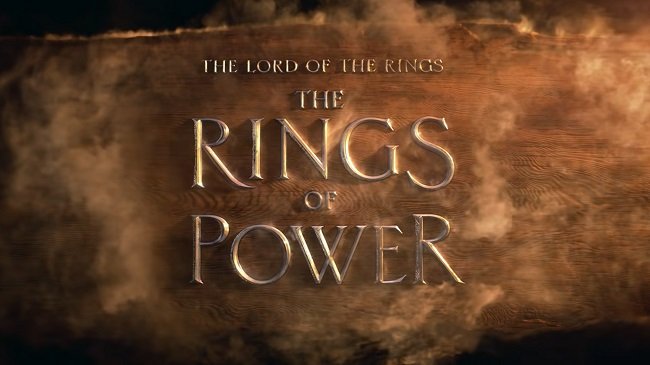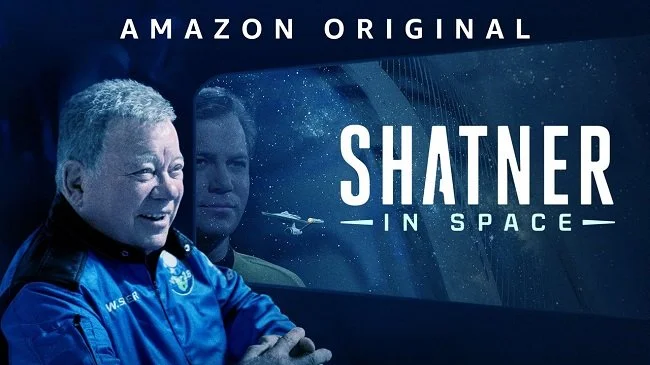Watching TV Part 2
A modern Smart TV menu
Watching TV was a far more communal activity in my youth. Families sat and watched specific shows or sports together. “Appointment TV” had its benefits not only for TV ratings but for advertising revenue. Although audiences may have grown over the years, they have also become more fragmented and compartmentalised. Smaller market shares have therefore made advertising far more pervasive. Even big streaming platforms are feeling the squeeze with declining subscribers and therefore introducing advertising on lower tier tariffs. Many catch up services also rely on advertising. However, viewers can always pay a fee if they wish to dispense with it. Another foible of modern digital television is poor picture quality Many smaller digital channels broadcast in standard definition. The source material has often been converted between different picture formats and has been cropped to suit a 16:9 screen. This results in low definition picture quality, with weak colours and a lot of digital artefacts.
Yet despite these commercial pressures, TV is still a major form of entertainment, although the manner in which we view it has changed substantially. We don’t necessarily watch the same shows together and at the same time. However, the social aspect that surrounds popular shows still exists. Rather than talking about last night’s episode at work in the break room, we now discuss it online. Or we recommend a particular show to a friend and wait for them to binge watch enough, before enjoying a lengthy analysis of what has happened so far. Dramas have become more complex and in many ways, more like cinema. It can be argued we live in a golden age of TV. However, some aspects have declined. I find that historical and science based documentaries lack the intellectual rigour of those produced in the seventies and nineties. News coverage has also become simpler, risk averse and reticent to show the realities of modern life.
Returning to the matter of the old CRT television I saw in the charity shop window (from the previous part of this post), seeing that old set did make me nostalgic for a time when I felt that TV was more special. I can remember when the BBC first broadcast Life on Earth. This major wildlife show had taken years to collate and felt like a significant milestone. This was the very definition of event television. A decade later, popular shows such as The X-Files became a highlight of the week. Something to look forward to. We now live in an age where high quality shows abound. Yet does their abundance diminish their value? I’m not sure. I still look forward to certain shows starting a new season. But not quite in the same way as I did 20 years ago. Perhaps that’s because there were real stakes back then. You could miss a show or your VCR could fail to record it. These are no longer factors. Shows may go from streaming platforms due to licensing changes but they never truly vanish. They can be “found”.
Is YouTube the same as regular TV?
Finally, how does YouTube fit into all of this? Many younger people do not watch traditional TV. Yet they spend comparable amounts of time watching various YouTube channels. Technically, you can argue that YouTube content isn’t the same as regular TV because it is not made to the same technical standard, does not have any kind of editorial oversight and is not subject to independent regulation standards. But not every YouTube channel is made on the fly. Many professional establishments have channels that they run along traditional lines. I think the distinction between YouTube and TV is not so clear. I also think that the ability to watch YouTube on your lounge TV makes a difference as well. It garners a sense of legitimacy. Furthermore, YouTube channels can gain substantial audiences and become very influential. These numbers make them relevant. So does their clout.
TV has proven a resilient medium over its seventy year lifespan. It adapts to the latest trends and embraces new technology. There was a time when the TV industry thought the advent of the VCR would kill commercial televsion. It didn’t. Similarly, the growth of Netflix a decade ago, caused panic among traditional television networks. Then multiple streaming platforms emerged and split the market. Due to a need to create more and more content, many of these companies have over extended themselves and are now finding that there are consequences to growing too fast. However, the traditional outlets, weather the storm and continue on, as they always have. So all things considered, let’s not write off television just yet. I have no idea what the next trend or innovation may be but I’m confident that most people still want to be able to enjoy quality entertainment from the comfort of their own home. Until that changes, TV is safe.







